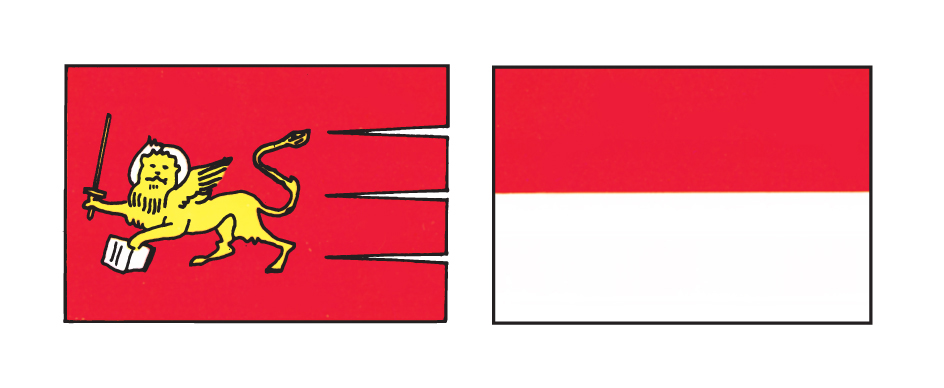Hanseatic, << `han` see AT ihk, >> League was a loose confederation of north German cities. It grew out of trade associations that had begun to develop in the late 1100’s. The weakness of the imperial power in Germany made it necessary for these cities to band together for common protection of their interests. The Hanseatic League, or Hansa, seems to have resulted from two earlier confederations that were grouped around the cities of Cologne and Lubeck. By the middle 1300’s, the members of the Hansa included almost all the larger German towns along the North and Baltic seas.

The league had no formal constitution. Its only governing body was a congress made up of merchants from the various cities. The congress usually met at Lubeck. The main weapons of the league were commercial boycott and commercial monopoly (see Boycott ; Monopoly and competition ). If a town refused to join the league, the merchants of the town would be unable to sell their goods in profitable markets. One of the greatest contributions of the Hanseatic League was the system of maritime and commercial laws that it developed.
The Hanseatic League gained control of the fur trade with Russia, the fish trade with Norway and Sweden, and the wool trade with Flanders. In 1370, the Danish king tried to break the league’s power by closing the Sound. A Hanseatic fleet seized Copenhagen and imposed severe peace terms on Denmark. After 1370, the league gradually declined in importance because of economic competition from other countries and the growing power of neighboring German states. The last meeting of the league’s congress took place in 1669.
